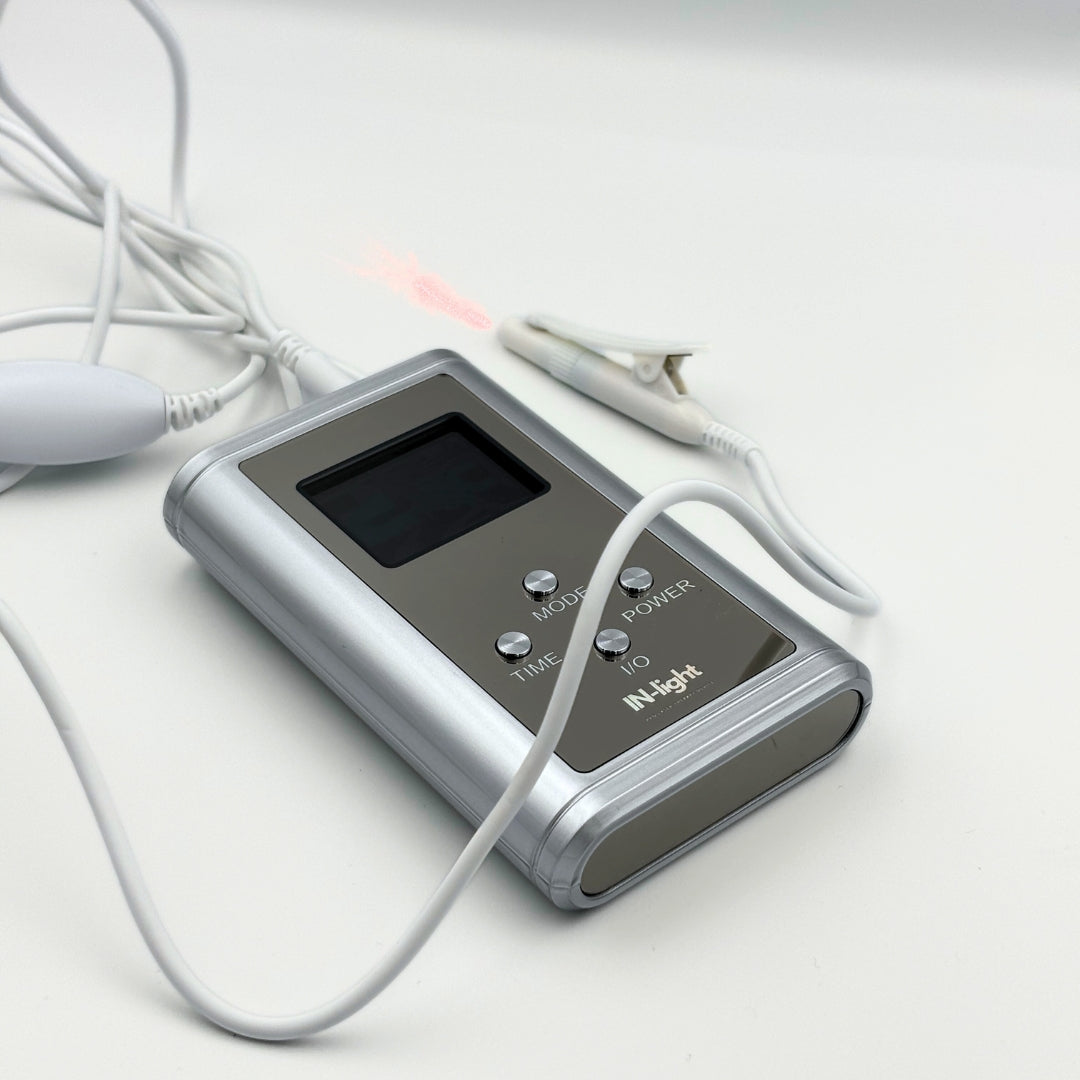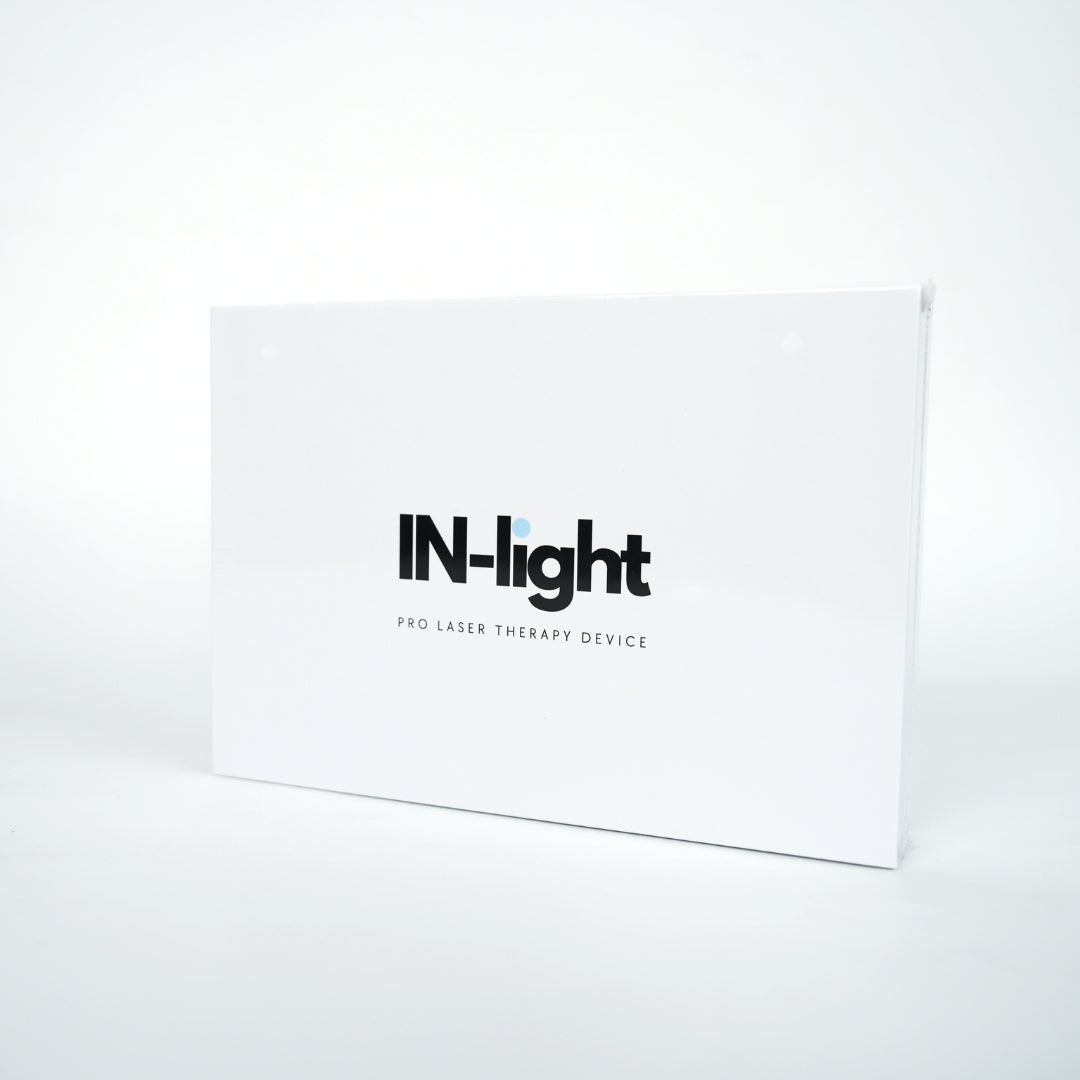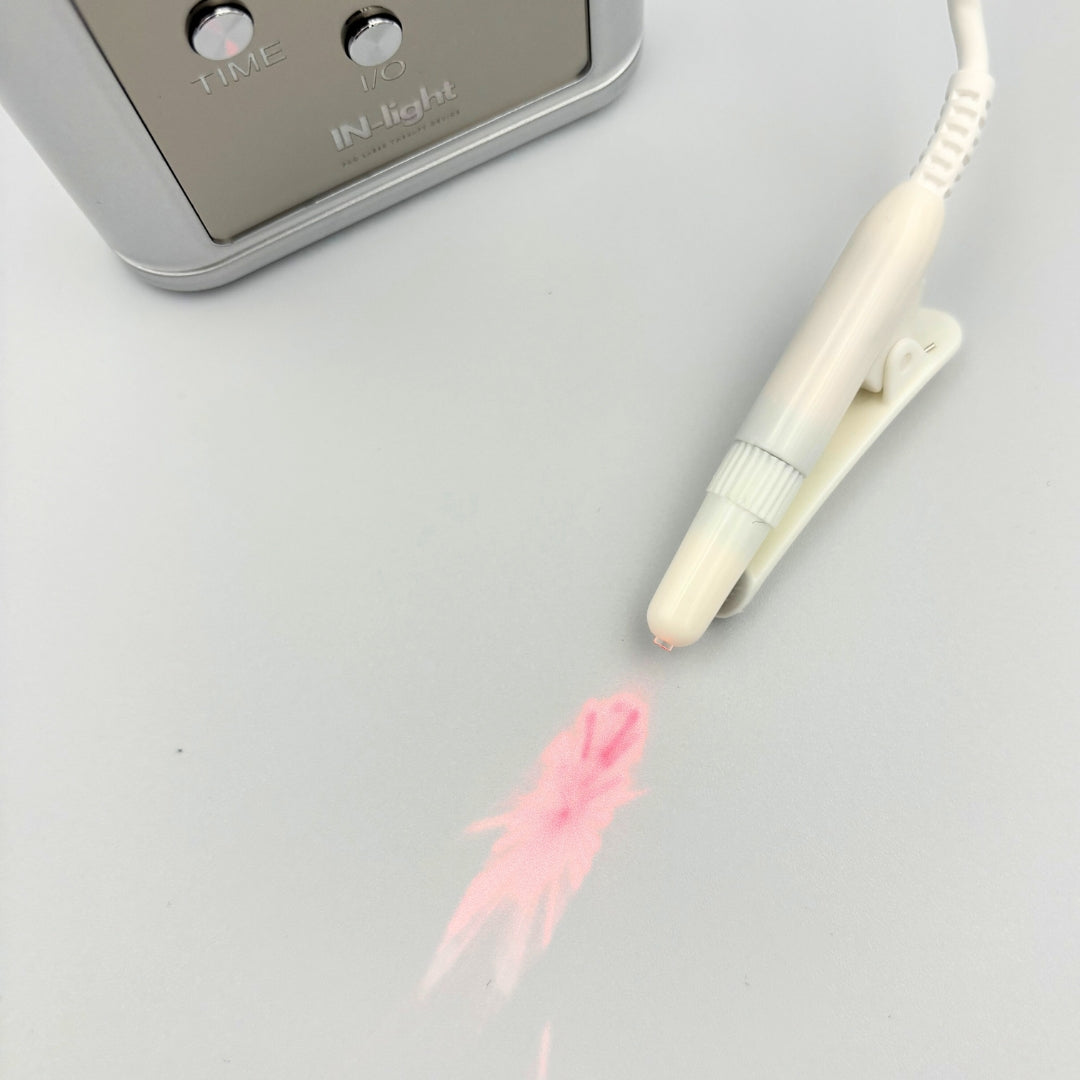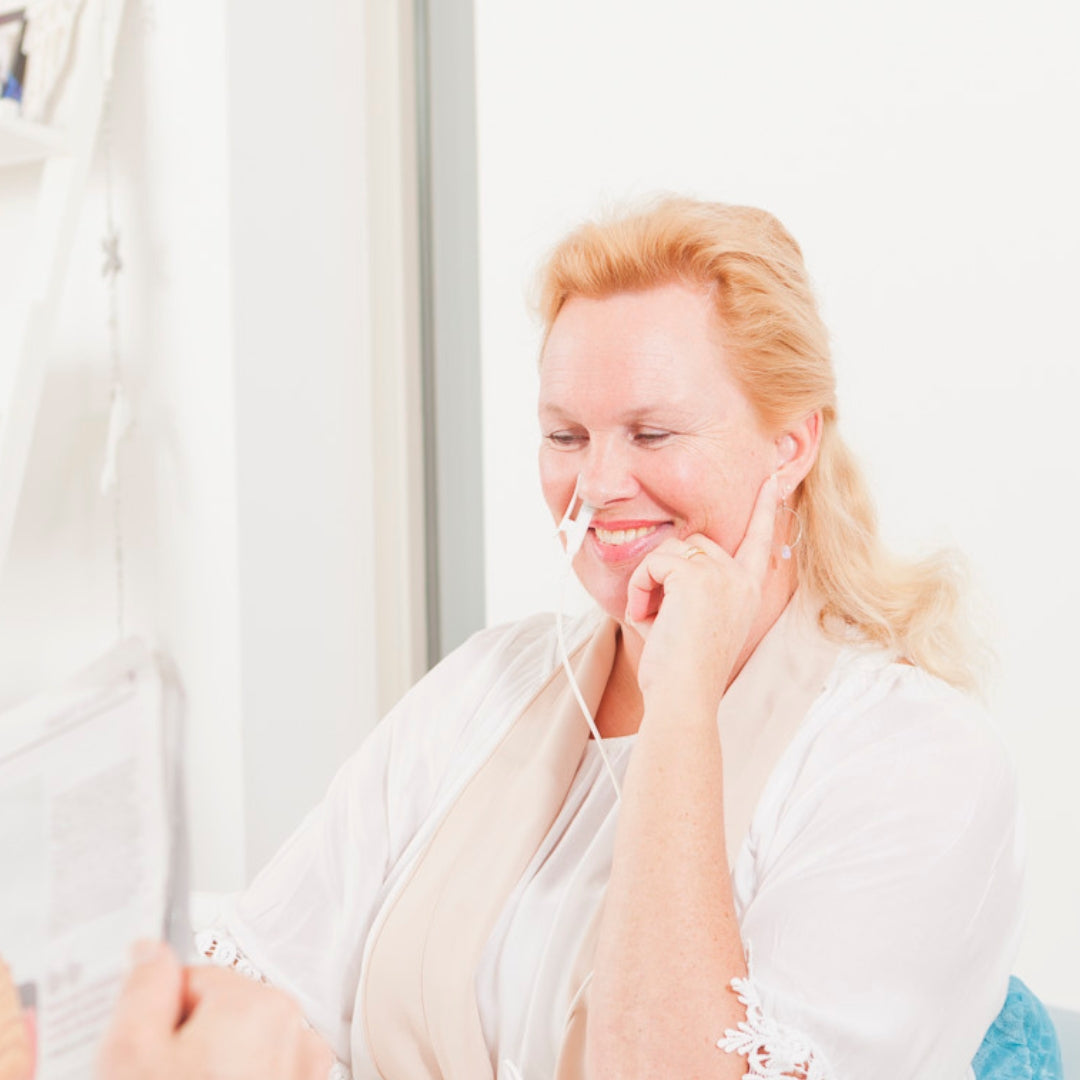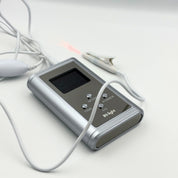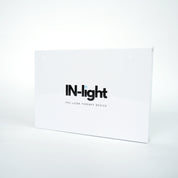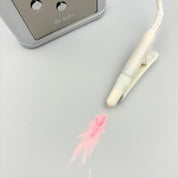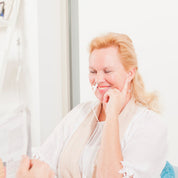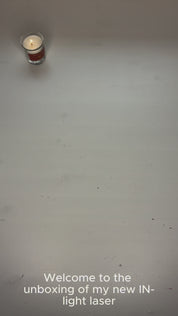5 tips to reduce menopause symptoms yourself

Anyone going through the menopause knows how unpleasant the symptoms can be. Naturally, you want to get rid of them as quickly as possible. We will tell you how you can reduce these symptoms yourself.
How do you know if you are going through the menopause?
The menopause usually starts between the ages of 45 and 55. However, you may experience pre-menopausal symptoms earlier. Your hormones start to fluctuate as your body prepares for the menopause. These are some symptoms of the menopause that you may recognise:
- Hot flushes and night sweats
- Irregular periods or stopping altogether
- Poor sleep during the menopause
- Mood swings or being more irritable
- Fatigue and low energy levels
- Weight gain (which is why many people want to lose weight during the menopause)
The symptoms vary from woman to woman and it is not always clear when they start. Some women have mild symptoms during the menopause, while others can suffer greatly. The most important characteristic is that menstruation becomes irregular or stops altogether.
How long does the menopause last?
On average, the menopause lasts 4 to 10 years. It often starts with pre-menopausal symptoms such as irregular periods and sleep problems. This is followed by the menopause and post-menopause. On average, you go through 5 stages of the menopause, during which the symptoms gradually diminish.
What to do about menopause symptoms? 5 tips
1. Pay attention to your diet
During menopause, oestrogen levels drop and it is important to support this. Therefore, eat foods containing phytoestrogens such as soy and flaxseed. In addition, reducing your intake of sugar, caffeine and alcohol helps to reduce hot flushes and sleep problems.
2. Keep moving
During the menopause, your metabolism slows down, and exercise can improve this process. This reduces stress, can help with weight loss during the menopause and keeps your bones strong. The latter is especially important due to the decrease in oestrogen.
3. Maintain a good sleep pattern
Many women have trouble sleeping during the menopause. A regular sleep pattern and sleeping in a cool, dark room can help. This also reduces the risk of night sweats.
4. Reduce or prevent stress
Hormonal fluctuations make you more sensitive to stress. Therefore, make sure you get enough relaxation and do certain exercises such as yoga or meditation. This can also limit mood swings and any palpitations.
5. Use red light therapy
Red light therapy can alleviate various menopausal symptoms. It helps with poor sleep, fatigue, pain and even your mood.
How does red light therapy help with menopausal symptoms?
Intranasal red light therapy, red light through the nose, is a natural treatment method that can be used for menopausal symptoms in women. Although it has not been specifically scientifically proven that red light affects the menopause itself, it can help with many symptoms that often occur during this period:
- Poor sleep during the menopause: intranasal red light can stimulate the production of melatonin, helping you sleep better and more peacefully
- Fatigue and low energy: red light increases energy production in your cells, making you feel fitter
- Mood swings and gloominess: red light stimulates blood flow and cell energy, which can reduce stress and bring your brain into better balance
- Muscle and joint complaints: red light can reduce mild inflammatory reactions and improve blood flow, reducing stiffness and pain.
Intranasal red light therapy can play a supportive role in many menopausal symptoms. It is not a substitute for medical treatment but can be a natural aid.
Red light therapy from IN-light during the menopause
The IN-light Pro is an intranasal red light therapy device that can be used for menopausal symptoms. Intranasal use stimulates your entire body and allows you to use the laser anywhere. This means you don't have to spend any extra time treating yourself.

